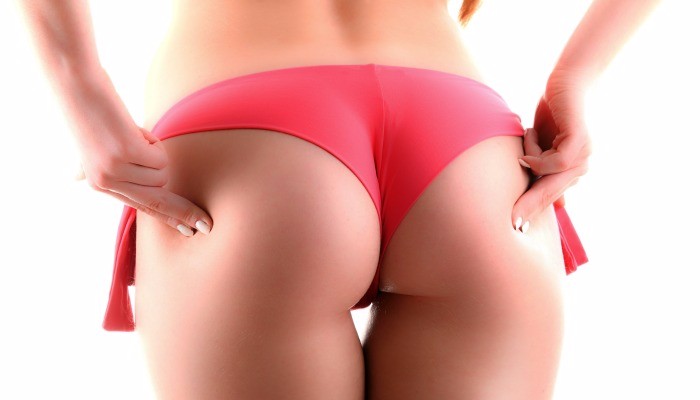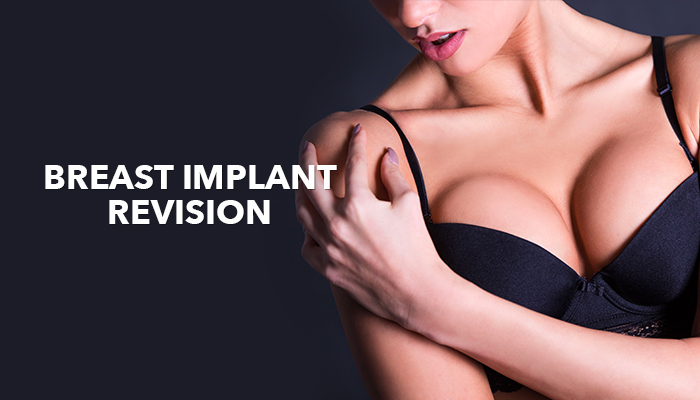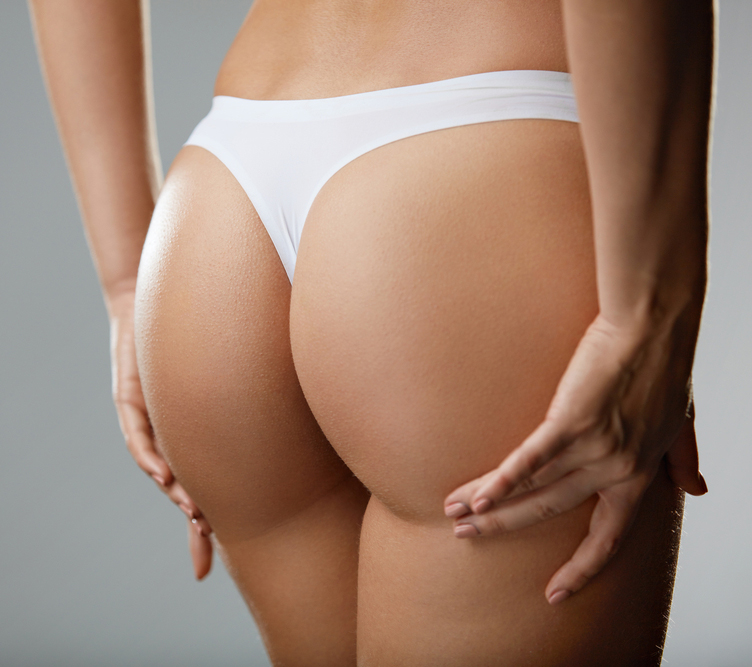
Buttock Lift- What is it?
A buttock lift has two functions. It removes excessive and sagging skin from your buttocks and thighs and improves their appearance. Also, it tightens the skin over your buttocks raising them as a consequence. The major factors responsible for this sagging skin are genetics, sudden weight loss, and aging.
Buttock Lift and Brazilian Butt Lift
Buttock lift is however quite different from a Brazilian butt lift. In the latter surgical procedure, the volume of your butt is enhanced via fat transfer or implants. On the other hand, in a butt lift procedure, only excessive skin and fat is removed and the techniques which are deployed include liposuction and surgical excision.
Furthermore, the patient can also have both the surgical procedures performed jointly. He/she can first have a butt lift which can then be followed with a Brazilian butt lift. However, this combination would definitely be more complex and will have to be carried out in two distinct sessions.
Butt Lift as a part of Body Lift
Butt lift can either be a solo procedure performed on its own or it can be a part of the overall body lift in which it is generally combined with breast augmentation and abdominoplasty.
A butt lift is a form of cosmetic surgery yet it can be customized in the context of each individual patient’s particular needs, requirements, and desires. Generally a butt lift is embarked upon if the patient is suffering from sagging, droopy skin. On the other hand, patients who prefer the more traditional one of the two opt for Brazilian butt lifts. Bluntly put, no matter what procedure you may embark upon, you would end up with a sexy, well-toned rear end.
Who is an ideal candidate for a Butt Lift?
- The patient ought to opt for a Butt lift only if exercise and diet have failed to address his/her issues.
- Or if sudden weight fluctuations have stripped his/her skin of elasticity and made it saggy.
- Moreover, individuals suffering from cellulite, whose thighs become flabby and dimpled may also benefit from this surgical procedure. Likewise, those patients may also consider getting a butt lift done whose buttock skin has been stripped off its elasticity owing to sudden weight loss or onset of aging.
- If your flabby or crinkled rear end makes you feel uncomfortable or decreases your self-confidence or poses mobility problems then you are a good candidate for butt lift.
- Ideal candidates for this surgical procedure ought to be otherwise healthy individuals both physically and psychologically. Moreover, they should have a healthy lifestyle and realistic expectations from the surgery.
- Surgeons also recommend that if you have undergone a significant weight loss, then you ought to aim for the sustenance of your healthy weight for an approximate time period of three months to two years before deciding to embark upon any cosmetic procedure; particularly butt lifts because the fat on your butt would alter with your body weight.
What are the advantages of a Butt Lift?
– The patient would end up with a smoother and well-toned butt.
– Butt lifts tend to produce long lasting results.
– This surgical procedure would also take care of any problems caused by excessive skin, such as the possibility of development of fungus and other infections.
What are the disadvantages of a Butt Lift?
– It could take several months to recover completely from this surgical procedure.
– The results can be altered by any future fluctuations in weight.
-The volume of your buttocks might be reduced as a consequence of this surgical procedure.
How much does a Butt Lift cost?
The costs for this surgical procedure vary from patient to patient as well as from doctor to doctor. On average though the statistics given by the American Association of Plastic Surgeons suggest that the procedure may cost approximately $4820. This price estimate doesn’t include the cost of a surgical facility and other associated surgical costs. Since it is a cosmetic procedure, so it will generally not be covered by your insurance plan.
What should the patient do before a Butt Lift?
- The patient should primarily look for a qualified and experienced surgeon.
- He/she should then hold a consultation with this surgeon in which various issues ought to be discussed such as the patient’s lifestyle, his/her motivations, desires, expectations, surgical goals, desired outcomes, medical history, medical conditions etc.
- The patient should also inform the surgeon about any medical treatments that he/she is on such as vitamins, supplements or any other drugs. The doctor can then advise you about the medications which you can continue taking and the medicines which need to be stopped and the time period for which they have to be stopped.
- Also, the patient’s general health would be evaluated by the surgeon.
- He/ she will take note of the patient’s physiological conditions, any possible risk factors and pre-existing medical conditions. He/ she may also take photos as well as detailed measurements to be kept in medical record.
- The surgeon also has to acquaint the patient with all the surgical options available and possible outcomes.
- The surgeon would present forth different types of butt lift that the patient as an individual can be subjected to. Various techniques that can be deployed should be discussed as well.
- The patient should frankly provide the surgeon with his/her feedback since the results ought to satiate the patient’s aesthetic appetite and desires.
How is a buttock lift procedure performed?
- As a general rule, the approximate time period for this surgery lasts from three to six hours but at times it may even take longer depending upon the extent of surgery.
- The patient is given anesthesia during the surgery so that the procedure goes smooth and is comfortable for the patient. There are two anesthesia options. Either the patient can be subjected to local anesthesia conjugated with sedation but the latter option i.e. general anesthesia is a more popular one.
- The same surgical plan would be followed which had been previously discussed and agreed upon by the patient. However, the surgeon has the authority to bring about some changes according to the need of the moment. He has the liberty of changing a particular technique if it doesn’t seem right or he/she can even combine several different techniques.
- It has been already mentioned that butt lift can either be performed as a solo procedure or as part of the complete body lift. It can even be conjugated with circumferential abdominoplasty.
- The techniques deployed for this surgical procedure may vary since there are a number of options available. However, as a general rule, an incision is made at the buttock top. This incision can also be made in the buttock crease to conceal it. After the incision has been made, excessive skin is removed, whereas the remaining skin is tightened.
- The traditional butt lift techniques have been divided into four broad categories which have been explained below:
– Upper butt lift: Upper butt lift is more invasive and thus more extensive. The incision is made at the buttock top and the excess skin and tissues are removed from this very incision.
– Bottom butt lift: Bottom butt lift is performed in patients who are not suffering from excessive sagging. In this case, an incision is made in the bottom of buttocks. From this incision, excess tissue is removed and then this bottom crease is pulled upwards.
– Butterfly Butt Lift: The incision made in this type of surgery resembles the shape of a butterfly. Hereby, the incision extends from the center towards the outwards crease. This type of surgery is deployed when buttocks do not have to be repositioned or lifted, rather only excessive tissue has to be removed.
-Lateral Butt lift: Lateral butt lift is helpful in reducing the amount of possible scarring. It also helps address mild sagging in buttocks and hips with the help of a lateral incision placed at each buttock’s side.
Scars are an inevasible reality with these traditional butt lifts, so the surgeon has to be careful about both the length and the placement of these incisions.
Butt lifts can be conjugated with butt augmentation in which butt implants are placed. Moreover, augmentation can also be brought about if this excessive tissue is repositioned so that it appears to be more attractive and flattering.
What are the results of a Butt Lift?
- The results of this surgical procedure are immediately apparent. However, the full results are generally revealed after a year or so.
- You have to remember that a butt lift doesn’t perform the functions of a butt augmentation. It wouldn’t endow your buttocks with volume or shape. However, it would give a well-toned appearance nevertheless.
- The results of this surgery can be altered owing to certain factors such as weight fluctuations, pregnancy, aging etc.
However, these results can be quite long-lasting if the patient maintains a healthy lifestyle.
What are the post-operative cares of a Butt Lift?
- Once the surgery has been preformed, the patient is taken to a monitoring room where he/she is closely scrutinized for several hours.
- If all is set, then the patient may head home on the same day.
- However, he/she must make arrangements for a care giver or a helping nurse for at least a couple of days.
- The patient as well as the care giver would be briefed about the post-operative instructions and care. These instructions would cover all aspects such as the setting and emptying of drains, dressing of bandages and other post-operative symptoms.
- The formerly mentioned surgical drains are placed in order to get rid of any fluid that may accumulate and as a consequence accelerate healing.
- There would be a certain level of bruising and swelling after the surgery. In order to reduce this swelling, the patient is recommended to wear a compression garment for a couple of weeks.
- Moreover, the patient should schedule follow-up consultations with his/her surgeon so that his/her recovery progress can be carefully monitored.
- Although the results are immediate after the surgery but only when the skin and tissue is appropriately healed, the results will become much more apparent.
- Excessive pressure on buttocks during this healing period might affect the results so the patient has to learn to sit and lie down without putting much pressure on his/her rear.
- You could consider placing pillows underneath you so that direct contact may be avoided.
- The doctor may prescribe certain pain killers and antibiotics during this time period.
- He/she may even ask you to taken an anticoagulant so that blood clots are not formed.
Recovery Timeline:
The healing pace of each individual is quite different from the other, however as a general rule, the recovery timeline can be delineated as:
– The first week is a strictly off work time. You may have a family member or a friend during this week to take care of you. You can start taking showers after the first three days. Before showering, the compression garment has to be removed gently and then placed gently. During this first week, the patient is asked to lie on his/her side and to avoid sitting.
– If your healing pace is swift then you might return to work after the first couple of weeks.
– The patient’s healing pace decides when it is appropriate to remove the sutures; although they are generally removed after the first ten days.
– The patient is advised to take short walks around the house to keep the blood flowing properly, however, strenuous exercises have to be avoided.
– The patient should not have any tobacco or alcohol intake. Aspirin should also be avoided.
– Massage is also an option to enhance the blood circulation.
– The patient may be able to resume his/her normal activities after 3 to 4 weeks, however rigorous exercises are still to be avoided.
– Exposure of skin to sun should be avoided for almost a whole year, however the patient can resume swimming and tub bathing after almost four weeks following the surgery.
– Incisions from butt lift take longer to heal as compared to butt augmentation.
What are the risks of a Butt Lift surgery?
- There is a rare possibility of complications, yet surgical risks are indeed involved.
- The patient may respond adversely to anesthesia.
- There may be a development of a hematoma (although it is extremely rare).
- Some sort of infections or allergies may develop.
- Some organ damage might occur.
- There could be certain levels of scarring.
Dr. Amjadi MD, DDS, FACS
Certified by the American Board of Plastic Surgeons
915 Gessner Rd #870
Houston, TX 77024
713-465-6198













